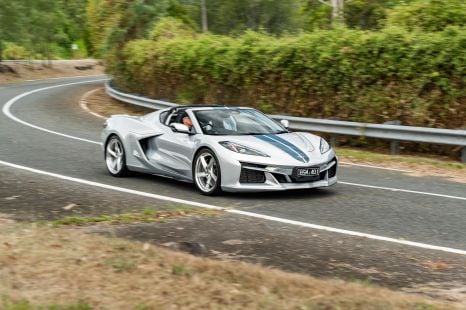

CarExpert.com.au
The CarExpert team's favourite cars of 2025
2 Hours Ago
Mitsubishi has acknowledged it needs electric vehicles, and it could obtain some via an investment in Renault's EV spin-off.

News Editor
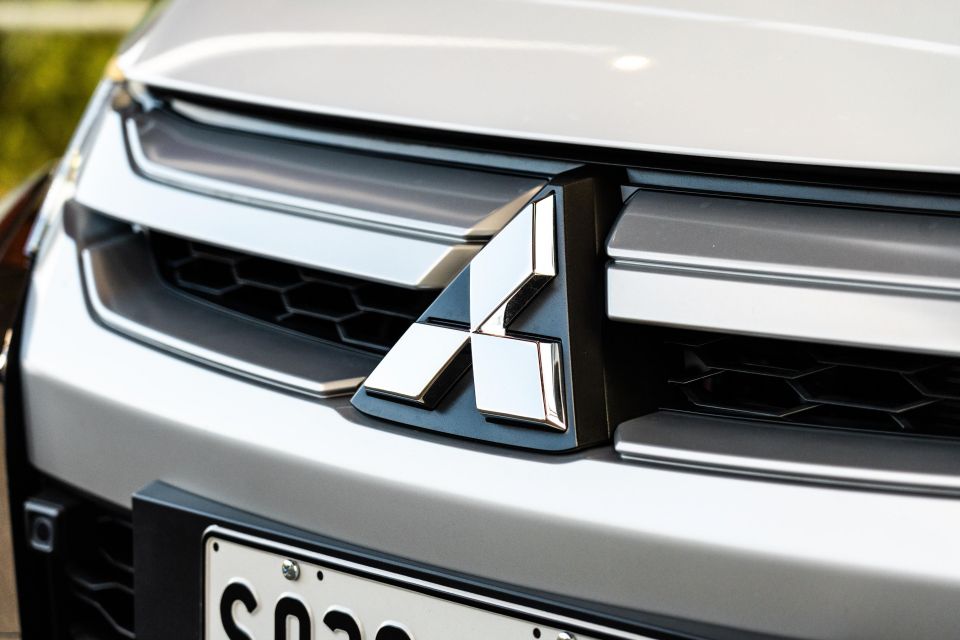

News Editor
Mitsubishi could invest in the electric vehicle spinoff of its Alliance partner Renault, which could open the door to rebadged EVs for the Japanese brand.
Said Mitsubishi-badged EVs, however, could be European exclusives like the upcoming Colt and ASX, which are a rebadged Renault Clio and Captur, respectively.
Automotive News reports Mitsubishi has received an overview of Renault’s plan, which would see the French company spin off its EV and internal combustion engine operations into two separate entities.
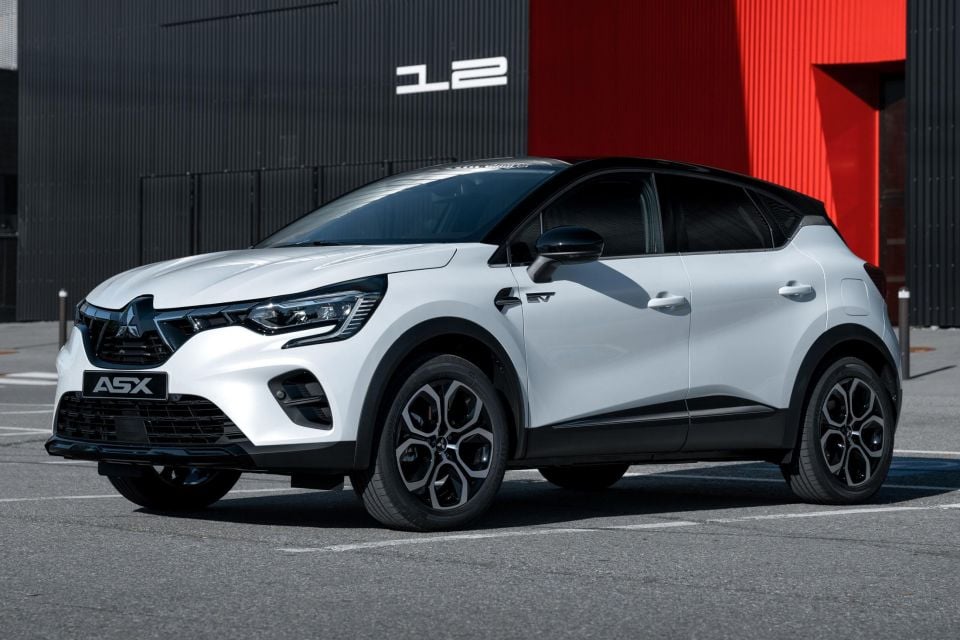
The EV entity could be called Ampere, while the ICE entity, being referred to as Horse, could have a majority stake acquired by Geely and an oil company.
Fellow Alliance partner Nissan has already confirmed it’s considering investing in the entity, and it could reportedly acquire a 15 per cent stake in Ampere.
“We are studying the outline. But at this moment, we have yet to examine this matter in greater detail as to whether we will decide to make an investment,” Mitsubishi CEO Takao Kato said Wednesday in announcing the company’s quarterly financial results.
“This matter will call for an understanding of our shareholders and board members. It is not something we can decide in a short time.”
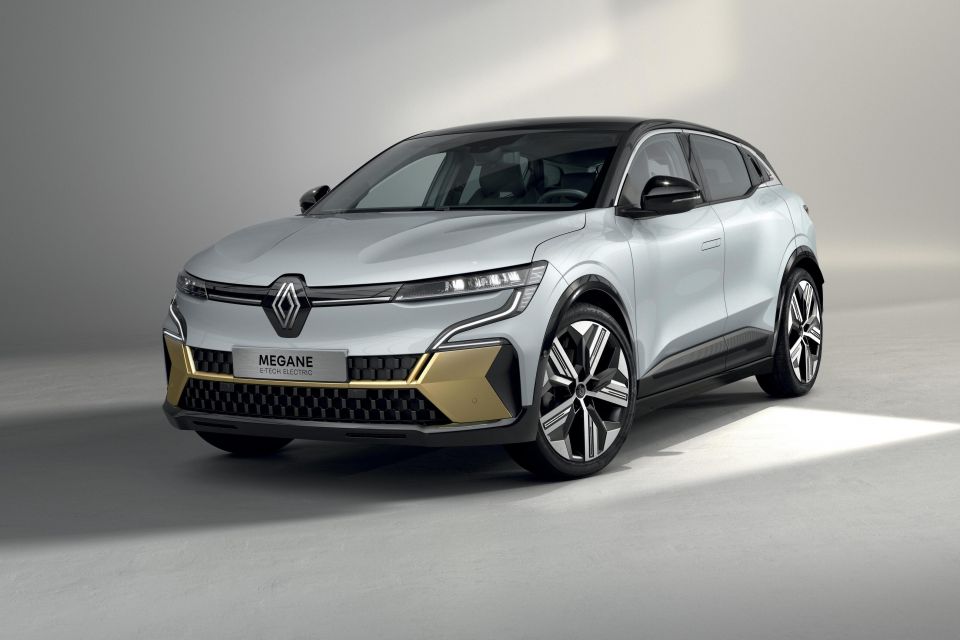
While Renault, Nissan and Mitsubishi are all members of their namesake Alliance, there’s a greater deal of separation between Renault and Mitsubishi.
The two companies don’t have any cross-shareholdings, something Renault and Nissan have with each other.
Mitsubishi was brought into the Alliance by Nissan, which has a controlling 34 per cent stake in the three-diamond brand.
Ampere will reportedly be focused on the European market, where Mitsubishi’s presence has been greatly reduced – the Japanese brand had planned to withdraw entirely, before doing an about-face.
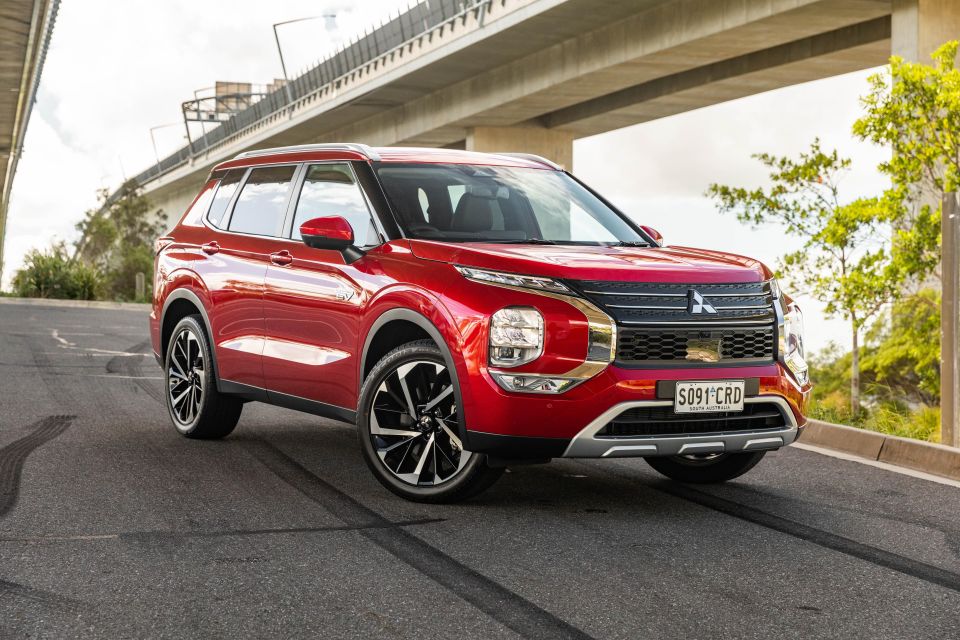
Moving forward, it expects to sell 40,000 Colts and 35,000 ASXs in Europe annually, in addition to its own models like the Eclipse Cross and Outlander.
It expects to reach rock bottom this year, however, before climbing back up. Its projected sales volumes are just 66,000 vehicles, a decline of 45 per cent and its worst European sales figure in decades.
EVs could provide a meaningful bump in sales volumes there – Mr Kato acknowledges they’re necessary as Europe continues its EV transition – while the company has also conceded it’ll also need EVs in the US market.
“We won’t be able to do business in the U.S. unless we introduce models including BEVs,” said executive vice president Hiroshi Nagaoka.
“We are now working out plans for that, and we are aware we have to offer a broader range of electrified vehicles.”
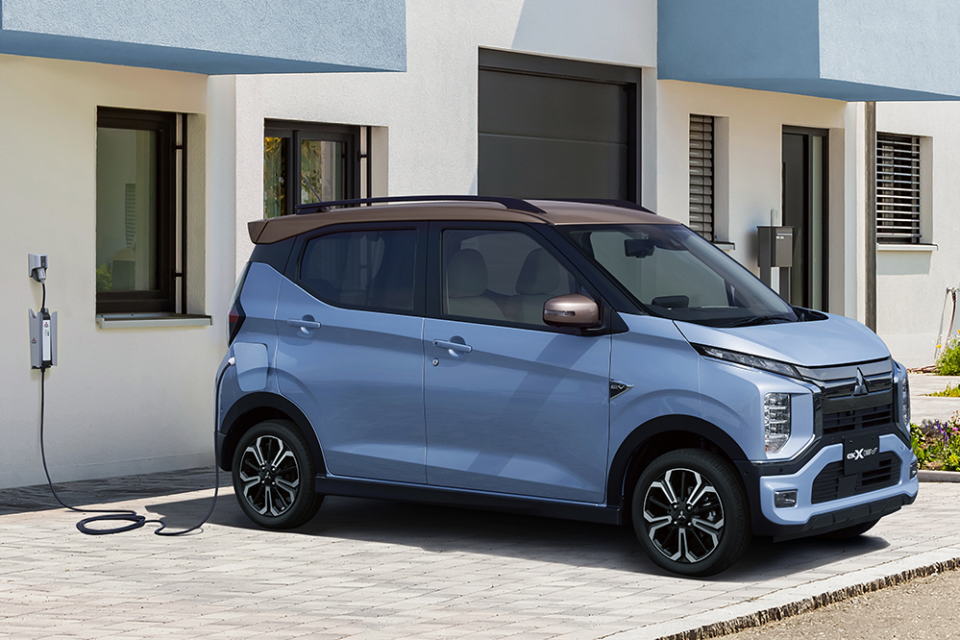
Mitsubishi, like Nissan, was an early adopter of EVs. But the now-defunct i-MiEV proved a niche player, especially in Europe where it was vastly outsold by the Nissan Leaf, and the company failed to follow it up with additional EVs.
It’s effectively been replaced by the eK X EV, developed by Nissan and Mitsubishi’s kei car joint venture NMKV, and which has been designed specifically for the Japanese market.
While Mitsubishi is proving much slower at embracing EVs than myriad rival automakers, it can boast improved financial performance thanks to more profitable pricing and favourable exchange rates.
In the second quarter of the fiscal year, ending September 30, Mitsubishi’s operating profit more than tripled to 53.8 billion yen (A$574 million) and its net income more than doubled to 44.1 billion yen (A$470.6 million).
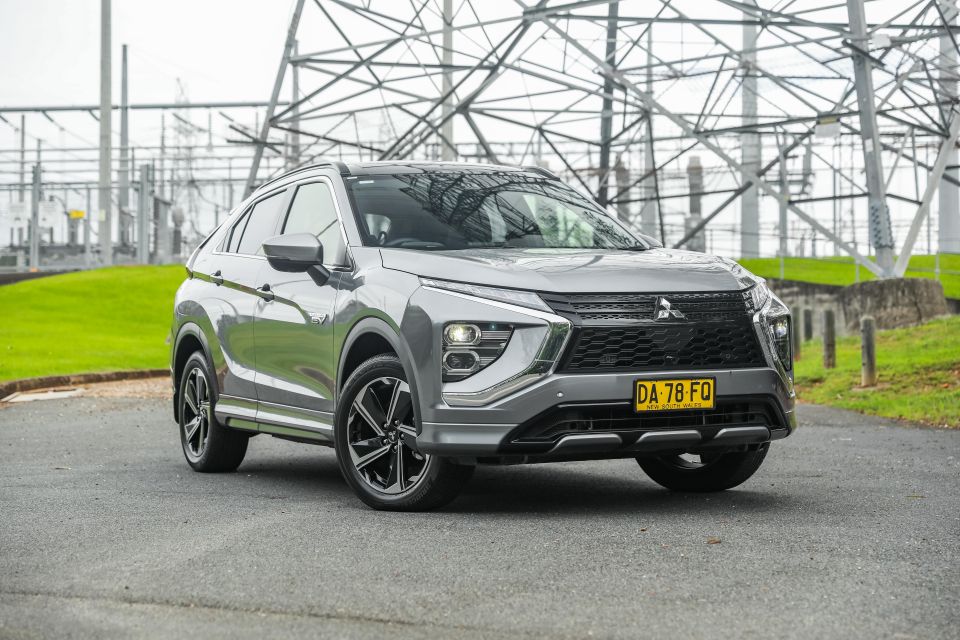
Its global wholesale deliveries increased 4.9 per cent to 257,000 vehicles, with the aforementioned heavy slump in Europe offset by gains in Australian, Japan, Latin America and Southeast Asia.
Mitsubishi has subsequently lifted its profit outlook for the current fiscal year, ending March 31, 2023, even though it still expects its global sales to decrease three per cent to 908,000 vehicles.
It expects its operating profit to increase to 170 billion yen (A$1.81bn) for the full fiscal year.
Where expert car reviews meet expert car buying – CarExpert gives you trusted advice, personalised service and real savings on your next new car.
William Stopford is an automotive journalist with a passion for mainstream cars, automotive history and overseas auto markets.


CarExpert.com.au
2 Hours Ago
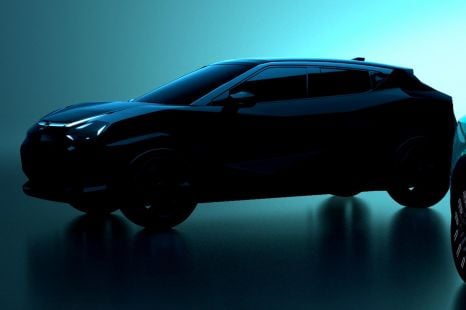

Damion Smy
16 Hours Ago
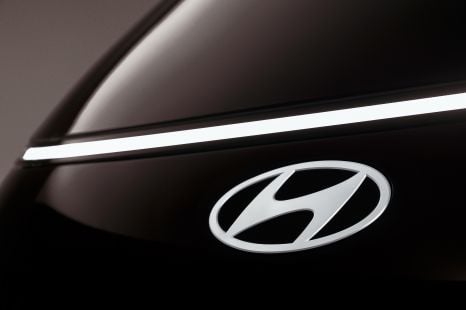

Damion Smy
19 Hours Ago
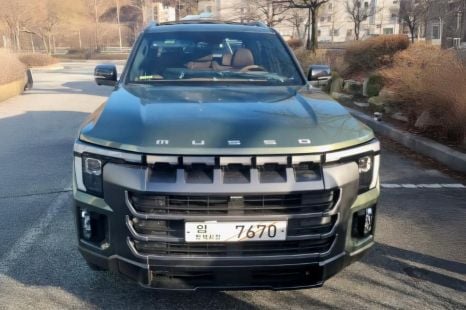

Damion Smy
22 Hours Ago


Damion Smy
24 Hours Ago
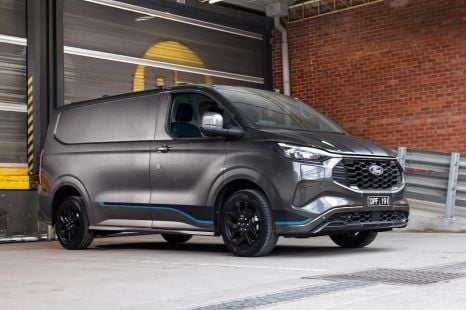

Damion Smy
1 Day Ago